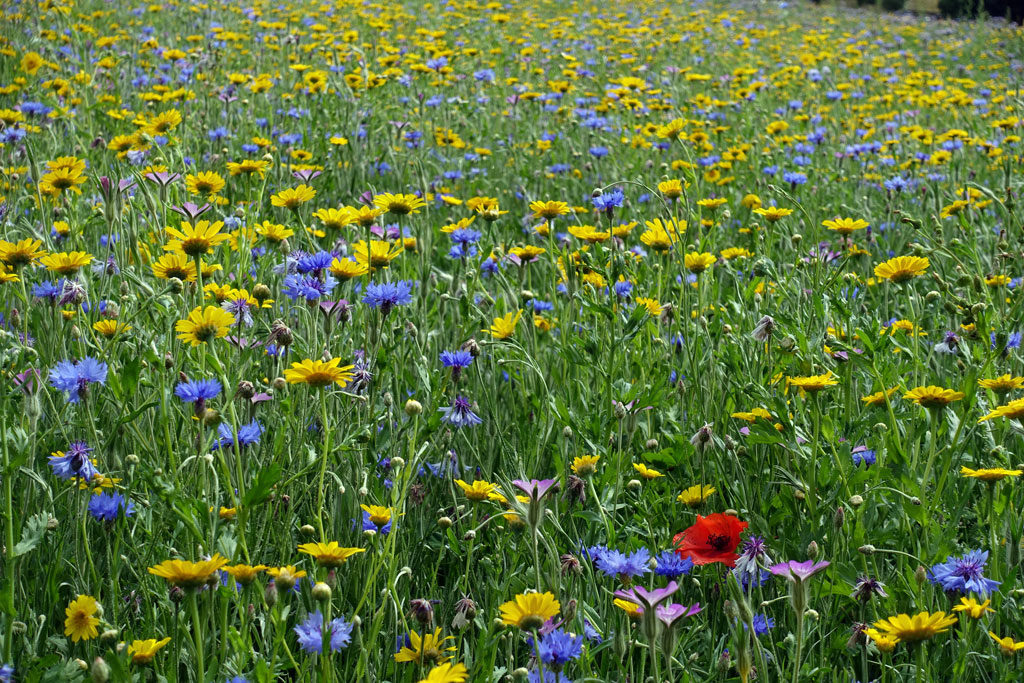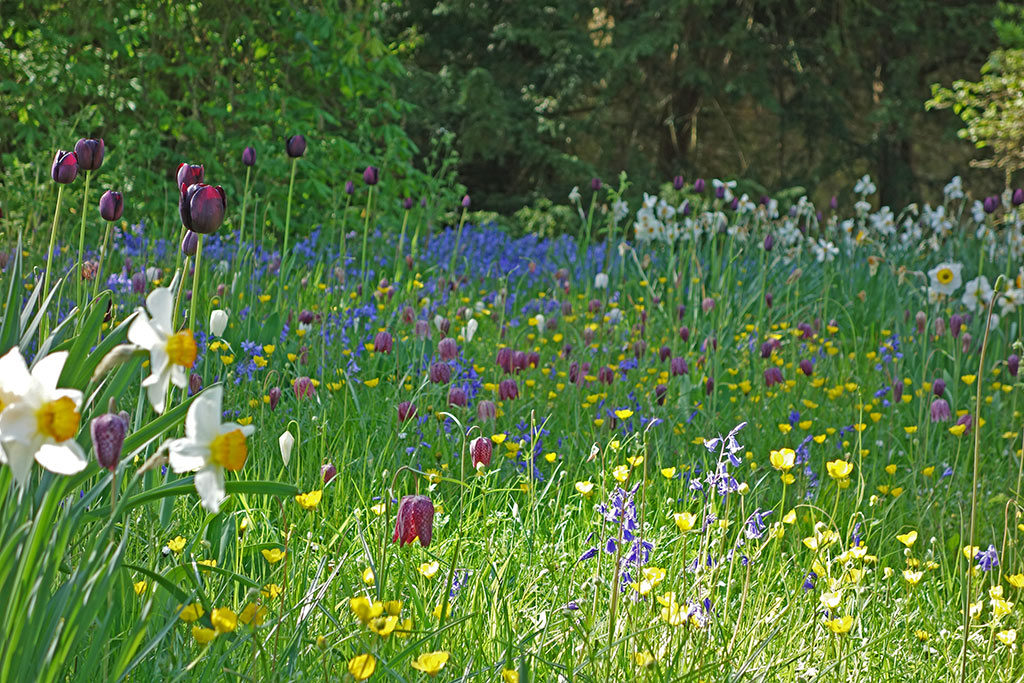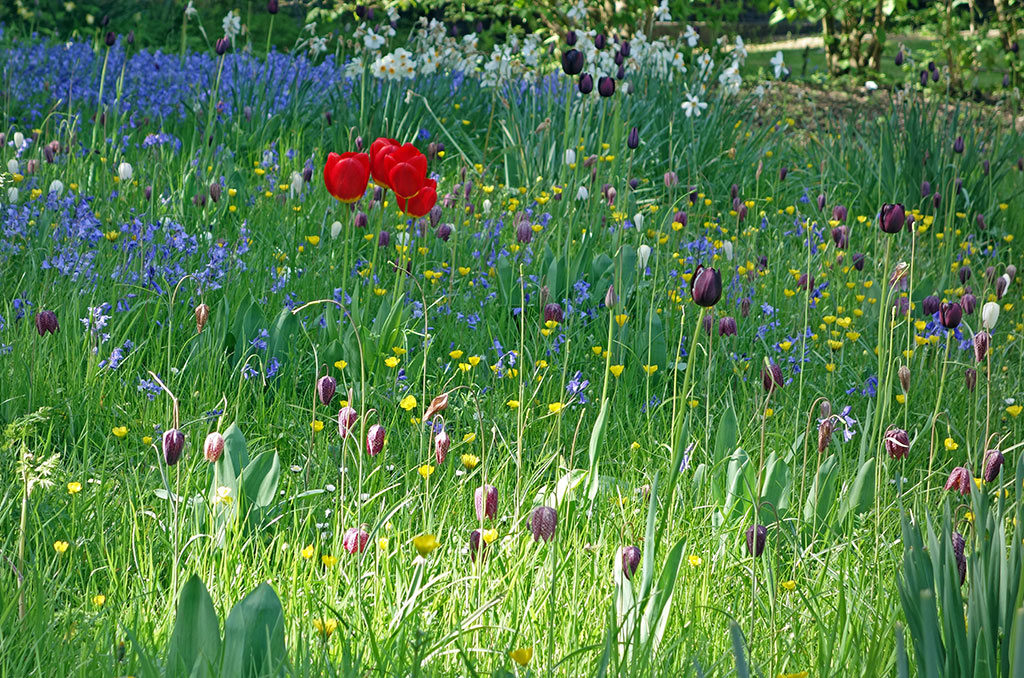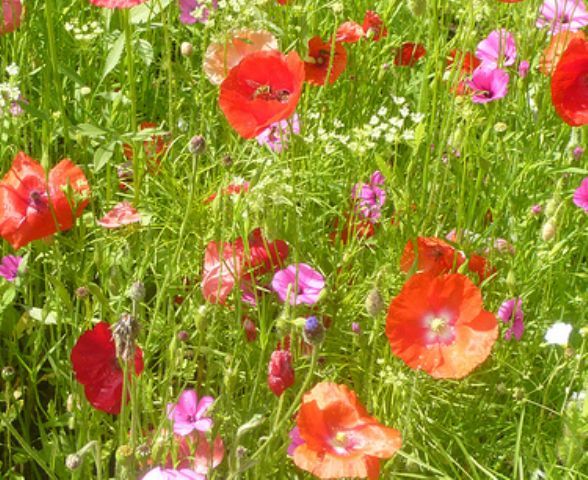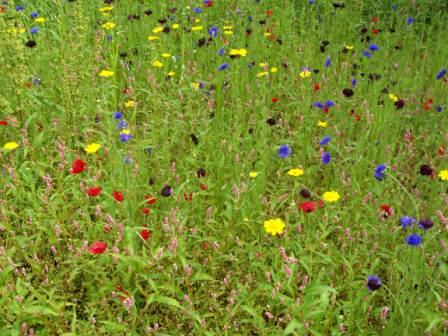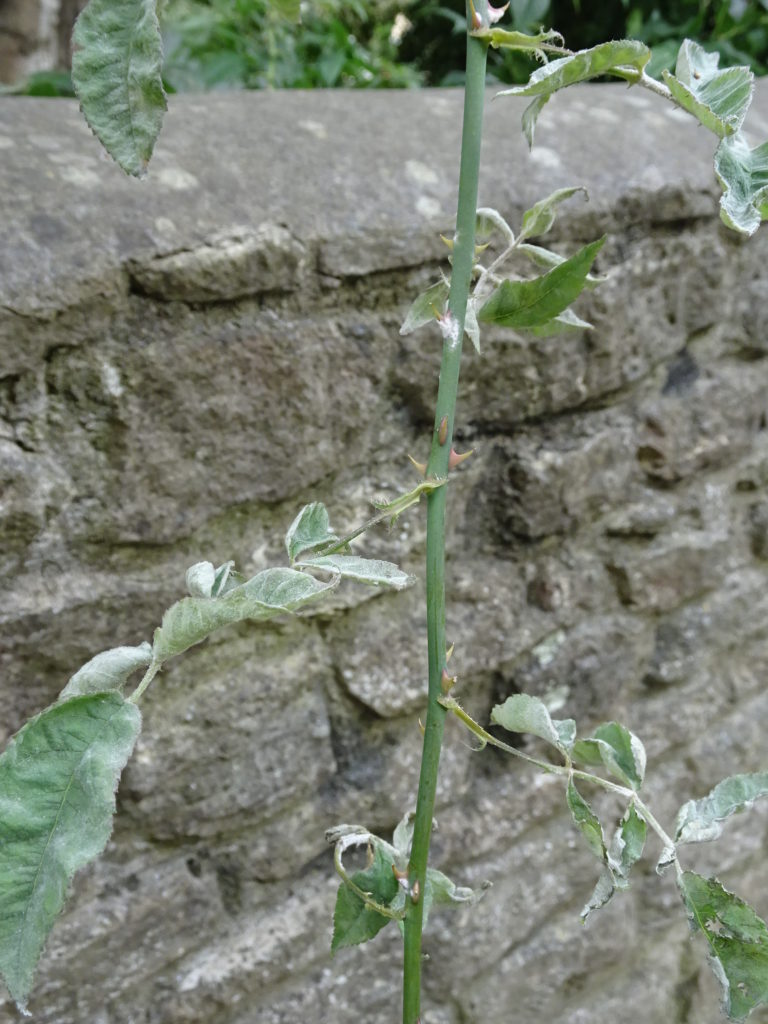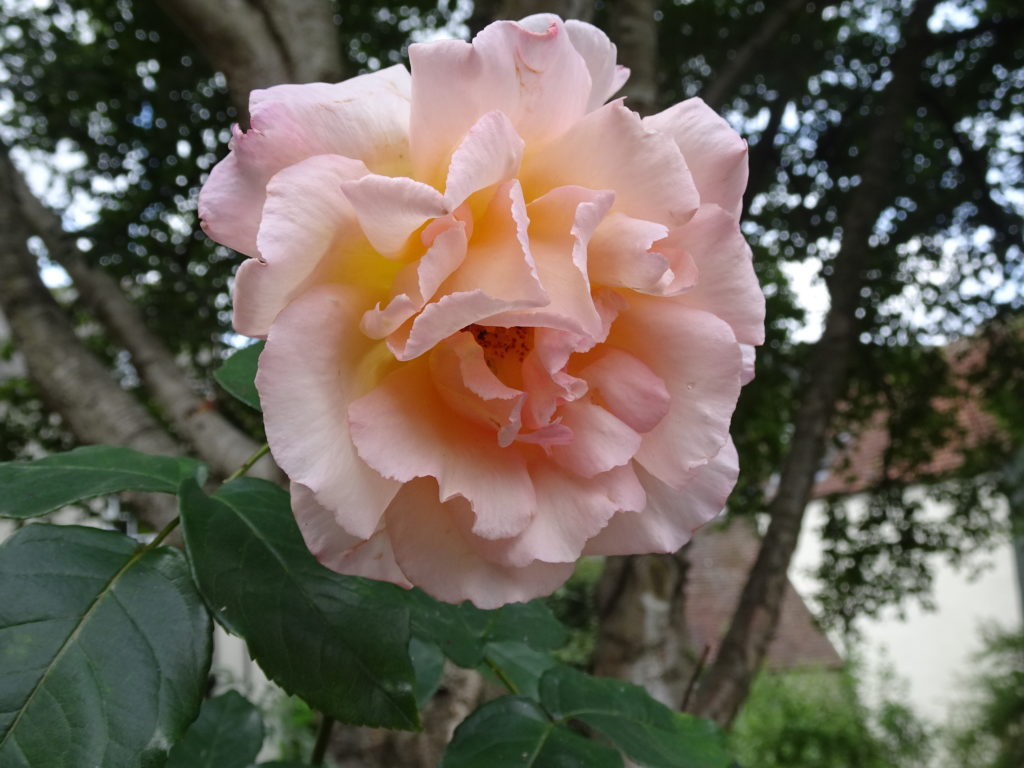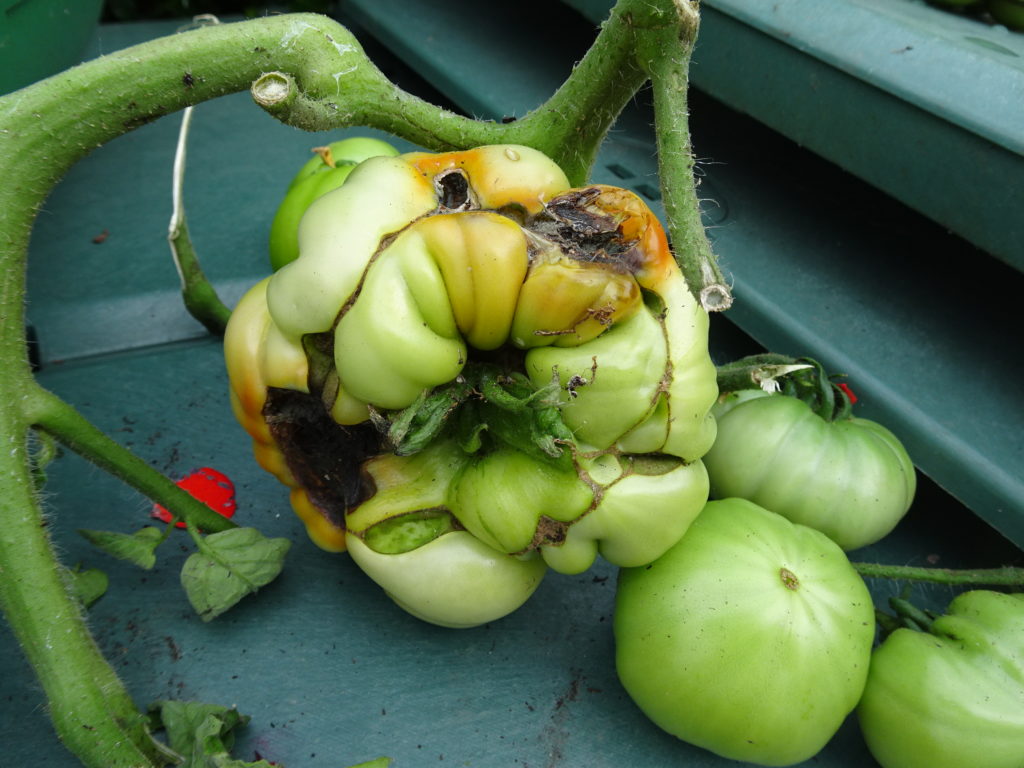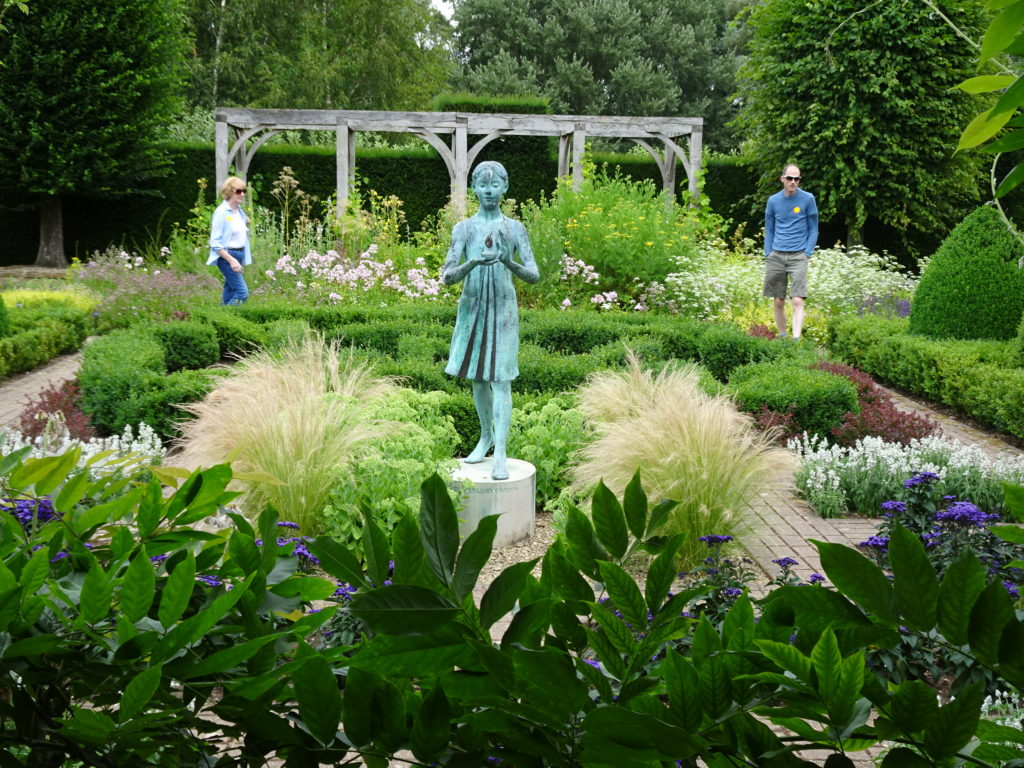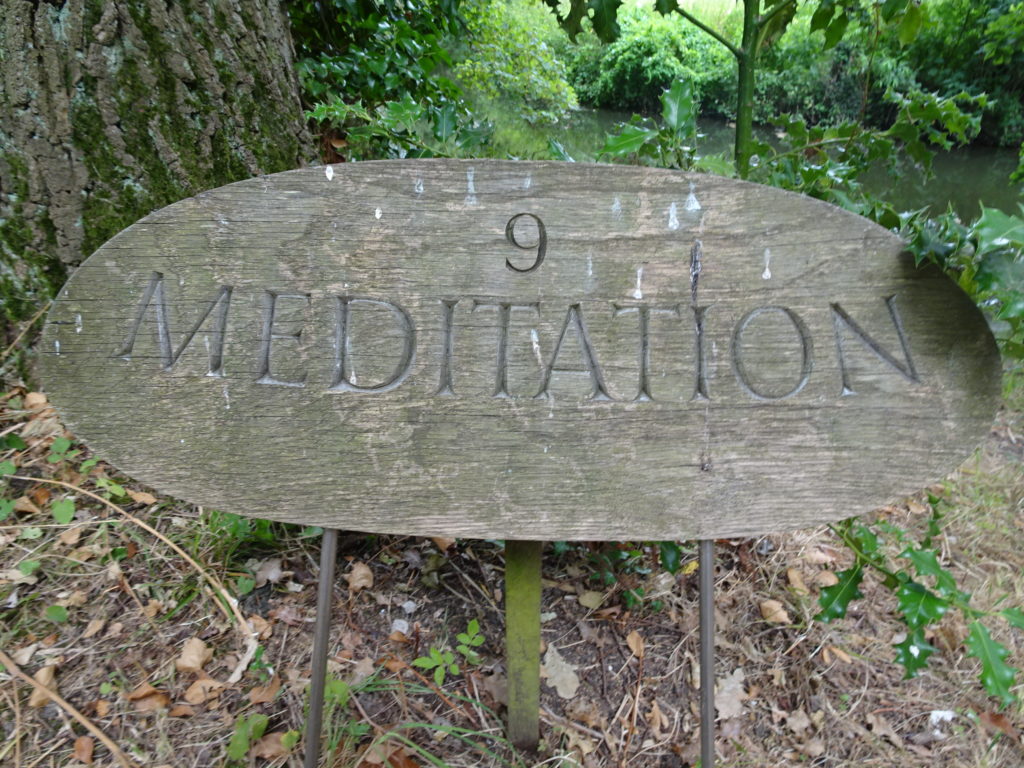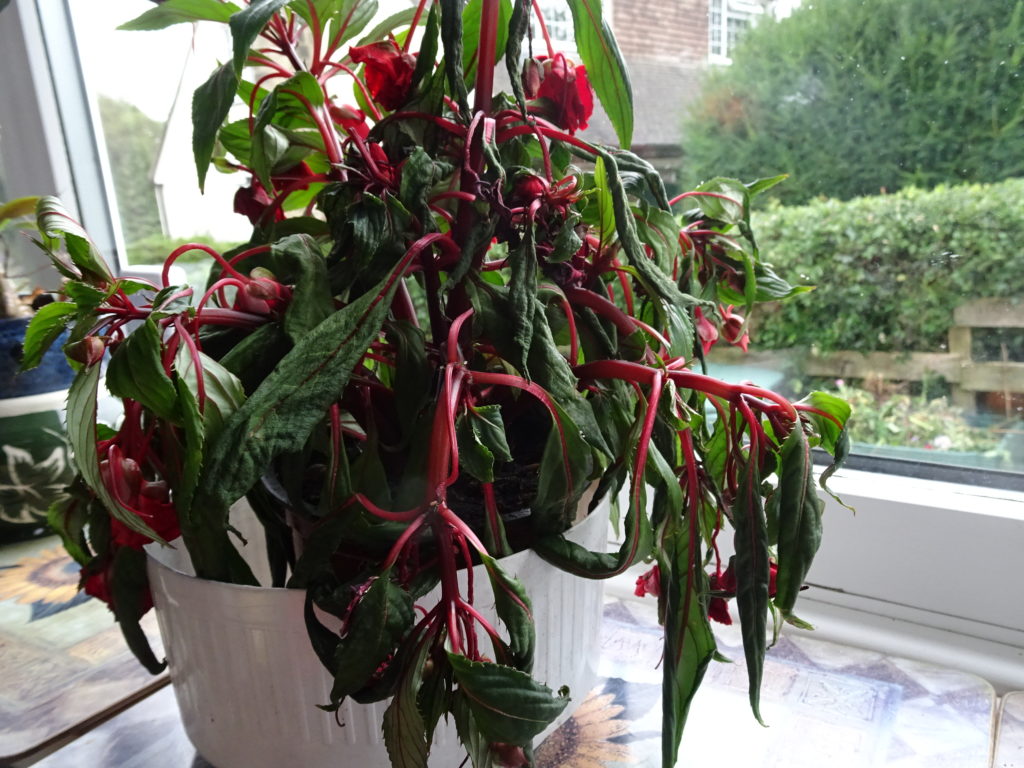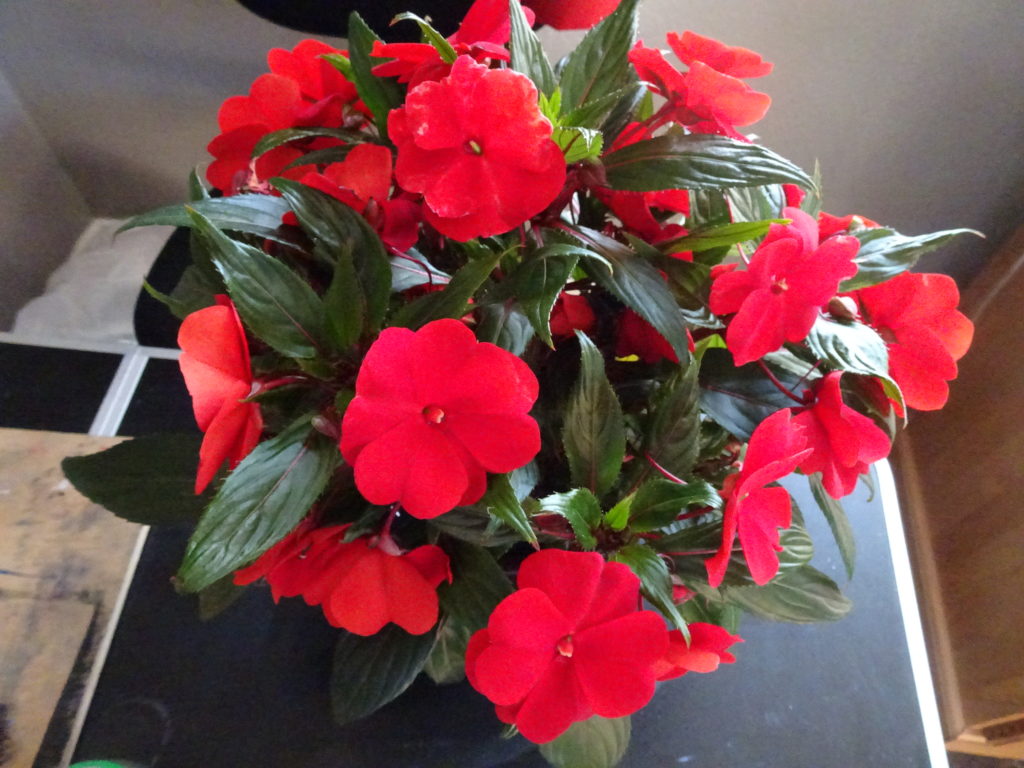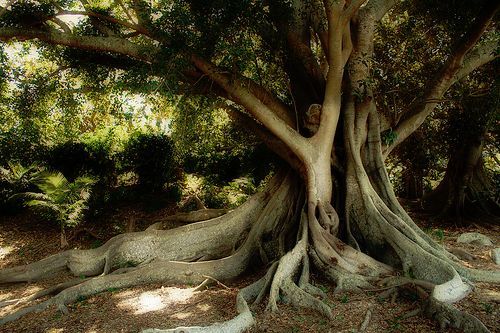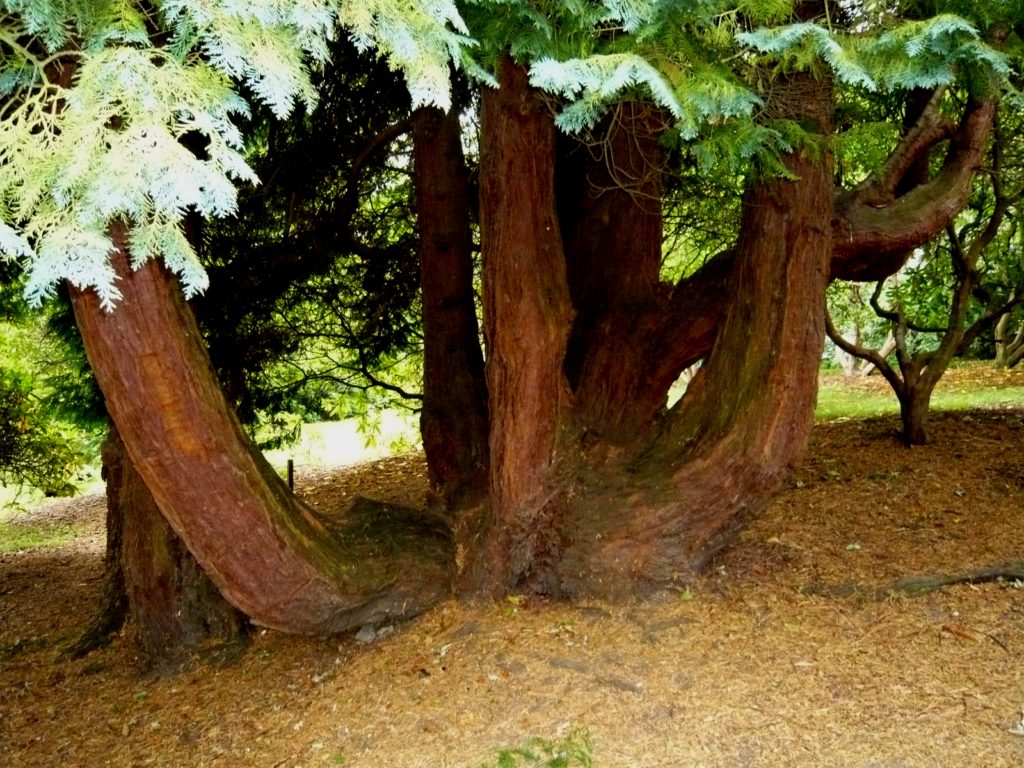Or more aptly what can gardeners do with their drinks and any remnants.

Tea leaves can be composted of course but they can also be put around Camellias as a mulch. This may seem a bit like cannibalism as the tea plant is part of the family Camellia sinensis. Comfrey leaves soaked and rotted down in water make a good cheap fertiliser suitable for flowers or fruit and other leaves such as nettles have similar attributes.
Milk is slightly acidic (lactic acid) and washing out your old bottles and use the water for a mild liquid manure of indoor plant.
Coffee grounds and cup remnants can go on the compost heap or be used around small succulent plants to deter snails.
A beer after a hard session in the garden can refresh the jaded gardener but can a drop or two help any plants. The yeast in beer may have some benefit and it is worth rinsing the bottle of can onto hollyhocks or climber. In the unlikely event there is any beer un-drunk it is well known that slugs glug beer and can drown in a beer trap.
When it comes to washing up after all that drink the soapy water can be used on the garden. Soda based cleaners are said to be good for use on brassicas.
After the Drinking
Micturation or the production of urine is an inevitable byproduct of all that drinking. Human urine is rich in nitrogen and urea. Fresh urine can be used to water plants diluted 1:10. Alternatively add it to your compost heap to enhance its nutritional content.
Victorian musical hall artist Marie Lloyd had a famous song ‘She Sits Among The Cabbages and Peas’. To over come complaints from the moral police of the time she sang a new version ‘She Sits Among The Cabbages and Leeks’.
‘Oh, she sits among the cabbages and peas
With a pretty little peapot ‘tween her knees
She’s a whiz at shelling peas
So she sits and shells with ease
Till the pretty little peapot’s full of peas.
